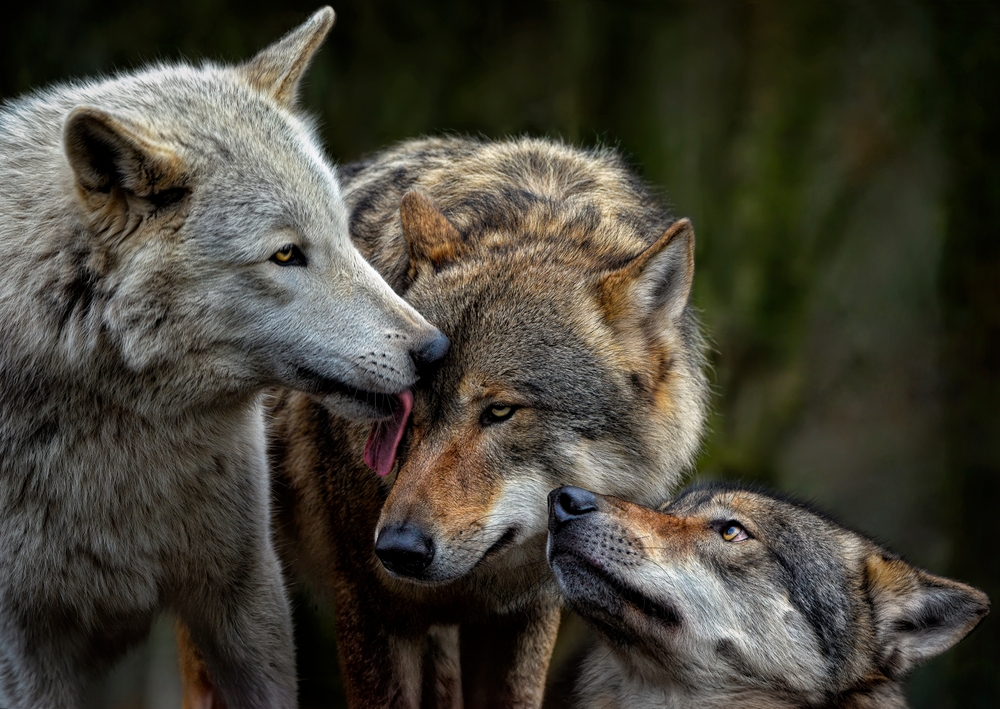Some islands are known for their beaches, others for their volcanoes. But there is one that stands out for something far more unexpected, friendly Wolves. On this extraordinary island, Wolves roam freely and are anything but shy. Instead of fleeing at the sight of humans, these Wolves are curious, calm, and surprisingly approachable. For travelers seeking a truly wild yet safe encounter, this island delivers something magical. It is one of the few places on Earth where people can observe Wolves in their natural habitat with ease. The atmosphere feels surreal, as if you have stepped into another world entirely, where nature remains in charge but invites you in.
Where This Enchanting Island Is Located

You will find this unique island in British Columbia, Canada. Locals sometimes call it “Wolf Island” due to the strong presence of coastal Wolves. It lies deep within the Great Bear Rainforest, a vast and protected area along the Pacific Coast. Access to the island is limited and requires a floatplane or boat ride, ensuring minimal human interference. The landscape includes rocky beaches, dense forests, and streams teeming with salmon. With so few visitors allowed at any given time, the Wolves maintain their natural rhythms. The quiet, undisturbed ecosystem creates the perfect conditions for intimate and respectful wildlife observation.
What Makes These Wolves So Unique
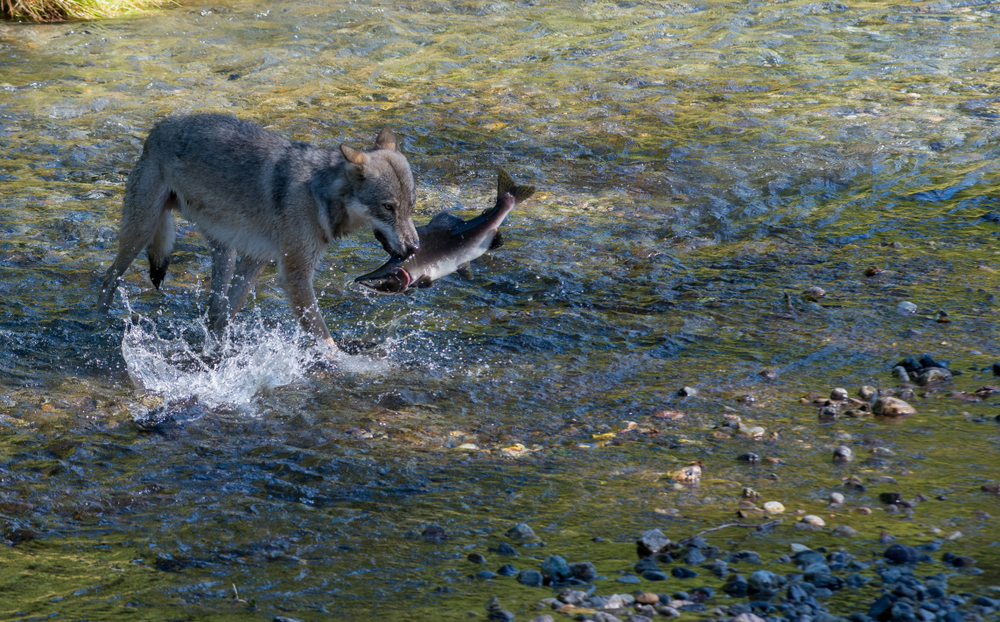
Coastal Wolves are genetically distinct from inland Wolves, both in behavior and diet. These Wolves swim between islands, feast on seafood, and often forage along the coast. Salmon is a major food source, and they are even known to eat shellfish and seaweed. Their intelligence and adaptability are unmatched. Wolves in this region show little fear toward humans because of the long history of non-threatening encounters. Unlike in other parts of the world, these Wolves have grown up in an environment where humans are not predators or intruders. This has led to a peaceful coexistence that feels almost mythic.
How Tourists Can Visit The Island
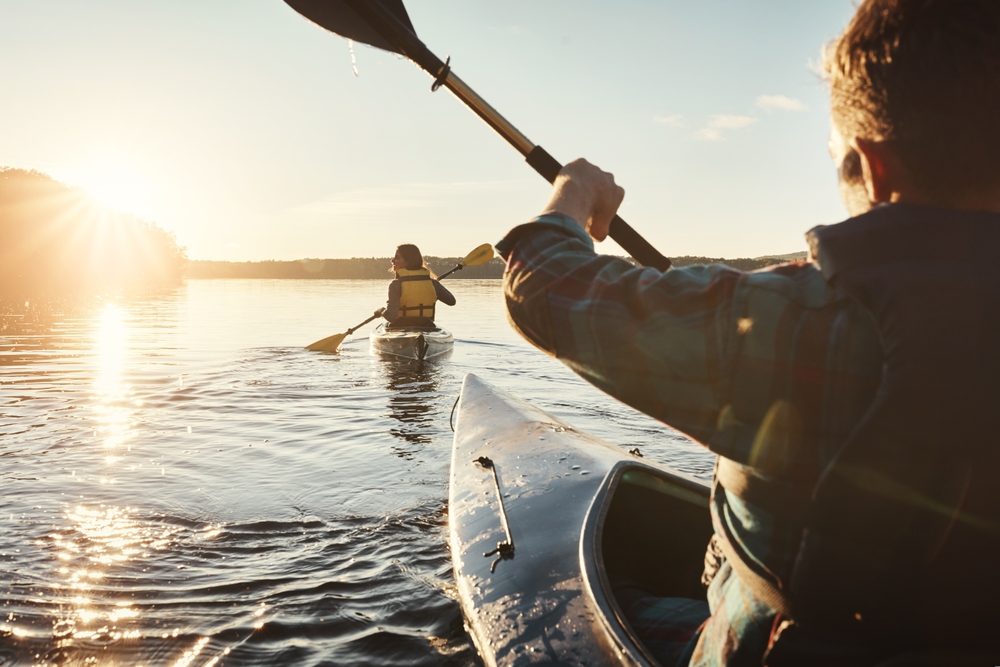
Visiting the island is possible, but it requires planning and adherence to conservation rules. Only a few eco-tour operators are licensed to bring visitors here. These tours prioritize wildlife protection and community respect. Tourists stay on nearby islands in lodges or boats and approach Wolf territory on foot or by kayak, guided by experienced professionals. No one is allowed to touch or feed the Wolves. The goal is to witness their behavior without altering it. These low-impact tours follow principles that support both animal welfare and ecological integrity. Every step is designed to keep the experience ethical and educational.
The Indigenous Guardians Protecting This Island
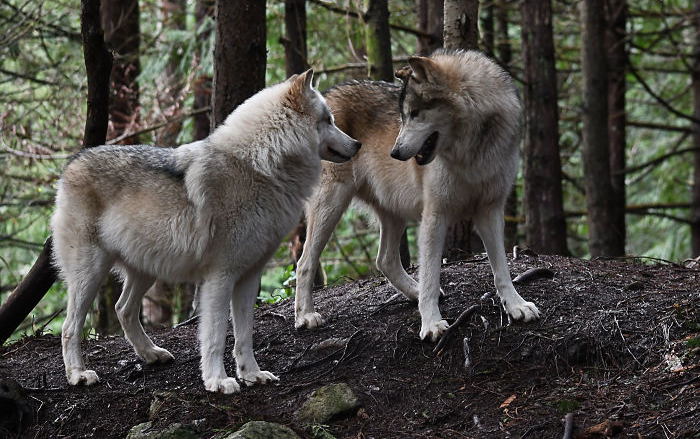
The Heiltsuk Nation has inhabited and protected this land for thousands of years. Their deep connection with nature includes a spiritual bond with Wolves, whom they see as family and guides. They play a critical role in managing tourism and conserving local ecosystems. Many guided tours are Indigenous-led, adding cultural storytelling and historical depth to the adventure. Learning about these traditions enhances the emotional value of the trip. Visitors leave with more than just photos. They gain an understanding of how culture, conservation, and wildlife protection work hand in hand.
Why People Call It A “Wolf Sanctuary”
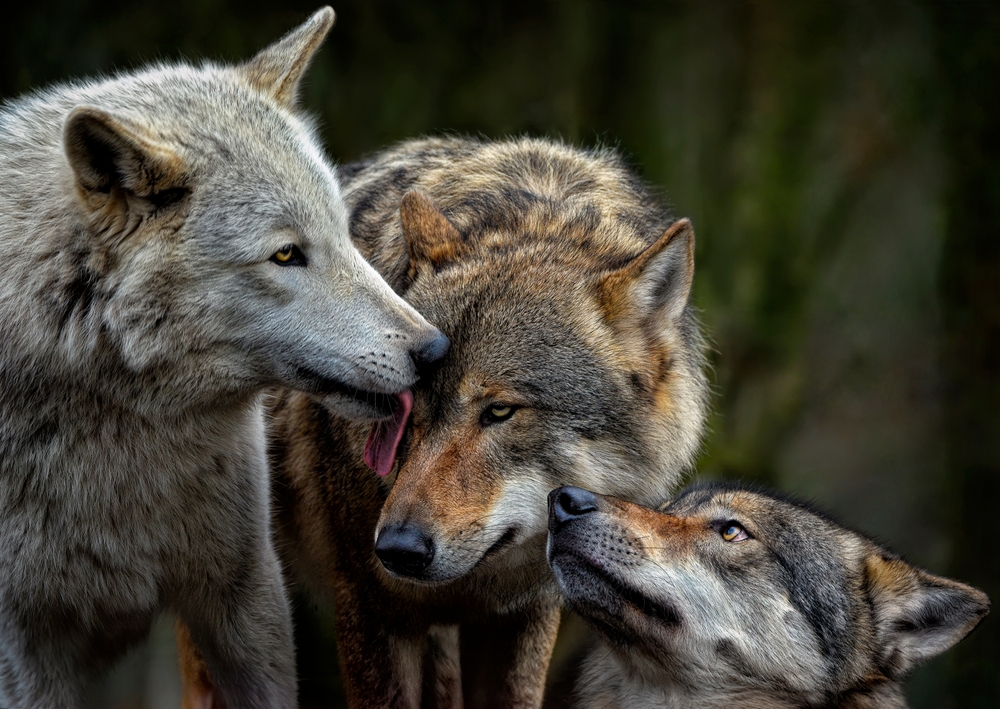
Unlike zoos or fenced parks, this island offers a sanctuary in the truest sense. Wolves are free to live, hunt, and roam as they always have. There are no cages, and no artificial feeding routines. Wolves patrol beaches, rest in sunlit patches of forest, and nurture their pups in dens. Observing them in this setting offers rare insight into their social structure. Tourists watch pack interactions, howling rituals, and grooming behaviors without interrupting the Wolves’ flow. Researchers and photographers alike consider this place a hidden gem. The Wolves here live on their own terms and yet invite us into their world.
Misconceptions And Myths About Wolves
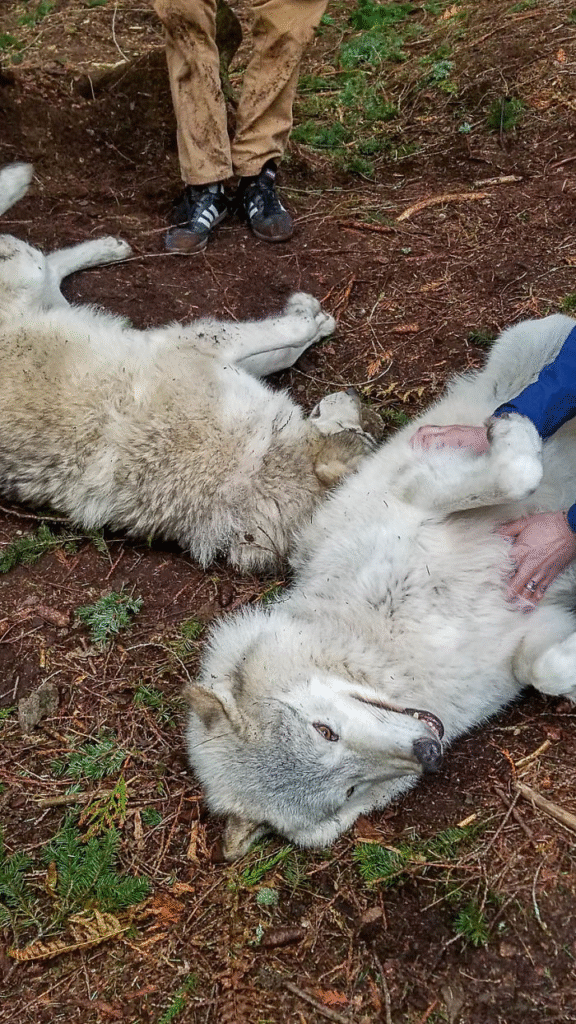
Wolves have long been feared due to folklore, but science tells a different story. These animals are shy, loyal, and highly intelligent. Attacks on humans are extremely rare, especially when respect is shown. The Wolves on this island have no record of aggression. They are used to seeing humans in non-threatening ways. Tour guides educate visitors about Wolf body language, sound cues, and space boundaries. This knowledge helps tourists remain safe while also fostering empathy. By the end of the trip, most people say they will never view Wolves the same way again.
Best Season To See The Wolves
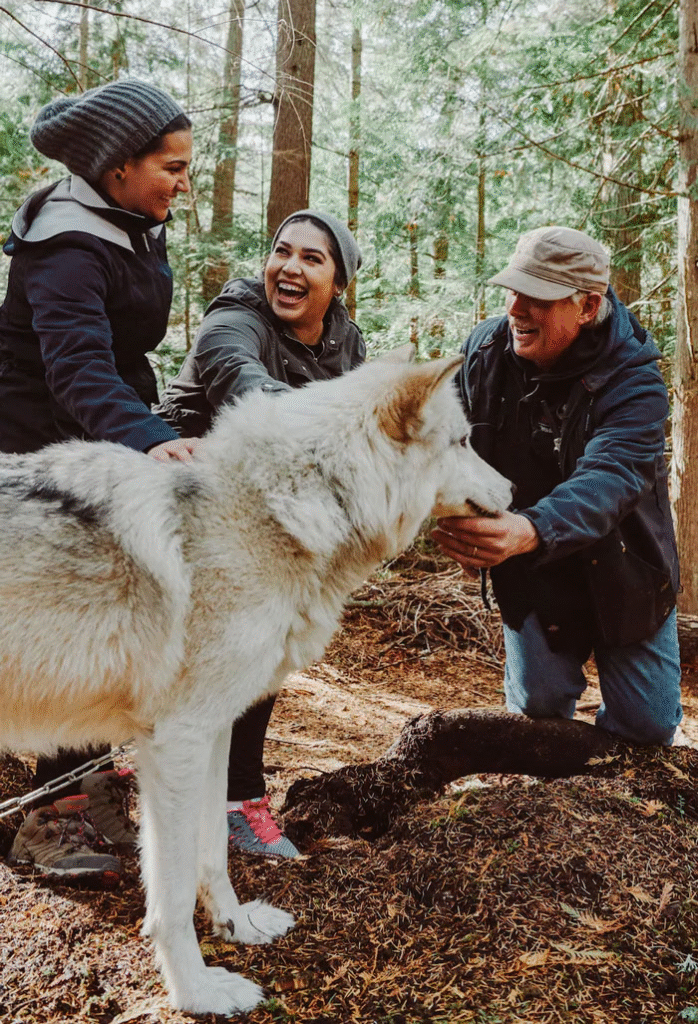
The ideal time to visit is between May and October. During late spring, Wolves begin foraging near the shoreline, and pups begin exploring. Summer brings long daylight hours, making wildlife easier to observe. Salmon runs in August and September offer a spectacular view of Wolves fishing in shallow rivers. Fall provides dramatic foliage and misty weather that adds mystery to every sighting. Each season has unique opportunities, but early autumn is favored by photographers for its vibrant colors and frequent Wolf activity. Booking early is essential due to limited access and small group sizes.
Read More: 50 of The Most Stunning Natural Wonders From Around The World
A Destination Tailored For Wildlife Photography
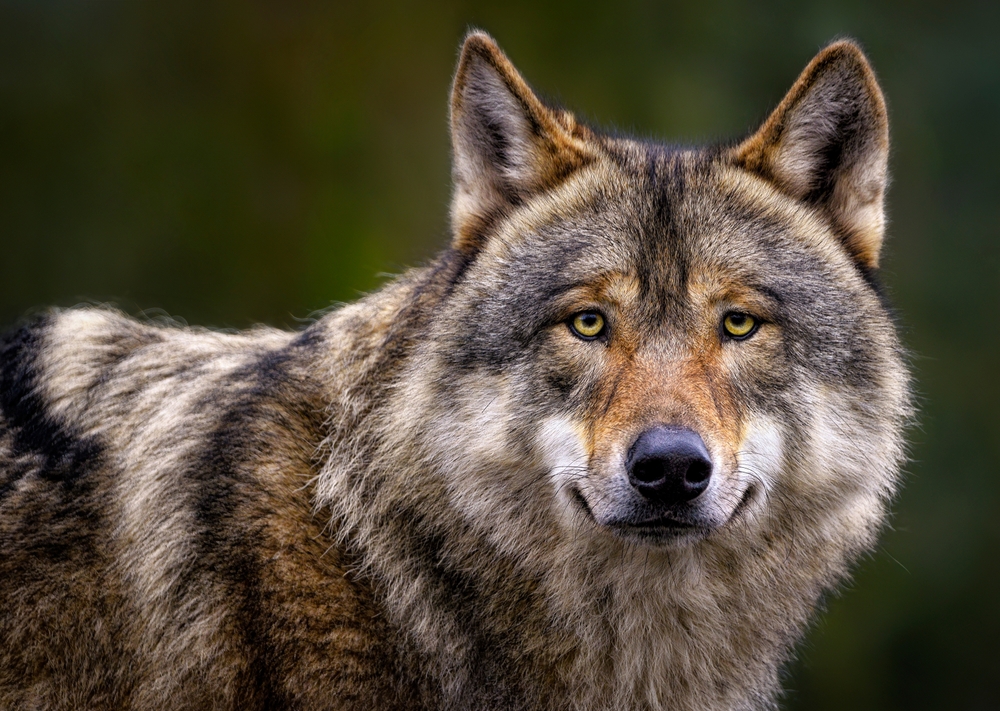
Photographers around the world dream of capturing Wolves in their natural environment. This island offers exactly that, without artificial settings. The forest, fog, and ocean combine to form a cinematic backdrop. Wolves are often active during daylight, making it easier to take clear shots. Camera gear with zoom lenses is recommended, though some Wolves pass so close that wide-angle shots work as well. Early mornings and twilight hours bring ethereal lighting. With patience and silence, many photographers leave with once-in-a-lifetime images. But the experience itself is just as rewarding as any photo.
The Island’s Role In Global Conservation
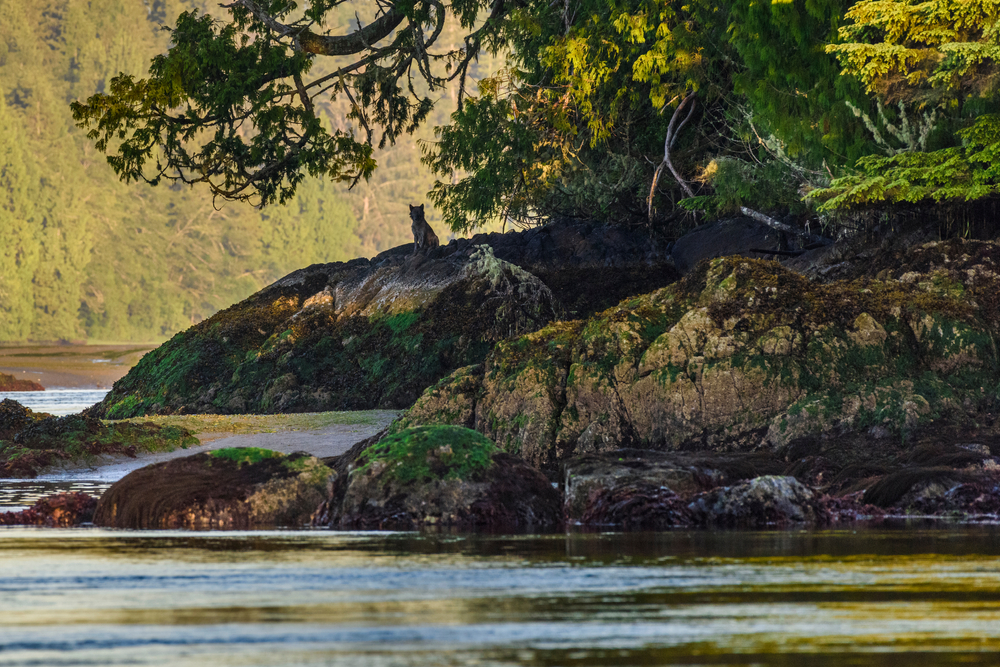
This island does more than just inspire awe. It plays a significant role in conservation science. Coastal Wolves have been studied here for decades, helping researchers understand how genetics, climate, and diet affect behavior. Since the Wolves are calm and visible, they can be observed over time without invasive tagging. Research from this area influences conservation policy in Canada and beyond. Eco-tourism directly funds many of these efforts, creating a sustainable loop where wildlife protection and visitor education go hand in hand. Every guest becomes part of a broader mission to protect Wolves worldwide.
How Visitors Describe The Experience

Guests often say the trip feels like stepping into a nature documentary. Watching Wolves nap on the sand or teach their pups is humbling. The quiet, slow pace allows for reflection. Many report a deep emotional shift. It is not just about seeing Wolves, it is about remembering that we are part of something larger than ourselves. Guests leave changed, more aware of the planet’s fragility and beauty. This kind of travel stays with you long after the trip ends. It becomes a memory you revisit in your thoughts and stories for years to come.
Essentials To Pack For This Journey

To enjoy this adventure fully, pack light but smart. Waterproof clothing is a must, as the coastal weather is unpredictable. Bring layers to adjust for changing temperatures. Good binoculars and a high-quality camera enhance the experience. Eco-friendly toiletries help preserve the ecosystem. Avoid perfumes or scents that might disturb wildlife. A journal or sketchbook lets you document thoughts between sightings. Some guests even bring field guides on Wolves to learn more on the spot. Remember, preparation enhances the entire journey and reduces your environmental footprint.
Things You Will Not Find On The Island

This island is not built for mass tourism. There are no hotels, theme parks, or flashy shops. There is no cell signal and no Wi-Fi. What you do find is silence, nature, and raw beauty. If you want comfort and convenience, look elsewhere. But if you are seeking a rare and meaningful connection with the natural world, this is the right place. The lack of modern distractions makes the presence of Wolves and the rhythm of the forest feel even more powerful. It is a retreat in the truest sense.
Every Rule Exists To Protect The Wolves
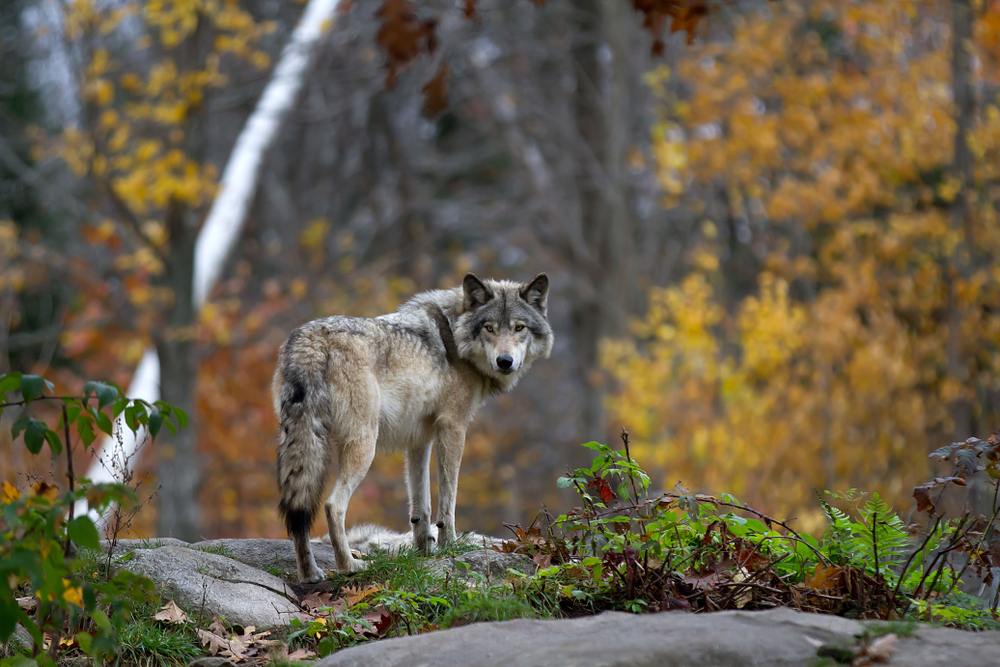
The success of this island as a sanctuary relies on strict rules. Visitors must follow guide instructions at all times. No approaching, no feeding, no sudden movements. Even your camera must be used quietly. These guidelines protect the Wolves from stress and ensure that they do not become habituated in harmful ways. This respect-first model has worked for decades and continues to set an example for wildlife tourism around the world. Being part of it is a responsibility and a privilege.
The Global Importance Of Wolf Preservation

Wolves are a keystone species. They regulate prey, shape forests, and keep ecosystems balanced. As human development pushes into their territories, preserving safe habitats like this one becomes critical. This island is not just a tourist destination, it is a model for future conservation. Learning about the role Wolves play in the environment helps visitors advocate for their protection. When people understand the impact Wolves have, they are more likely to support laws and donations that protect them elsewhere.
An Experience Like No Other
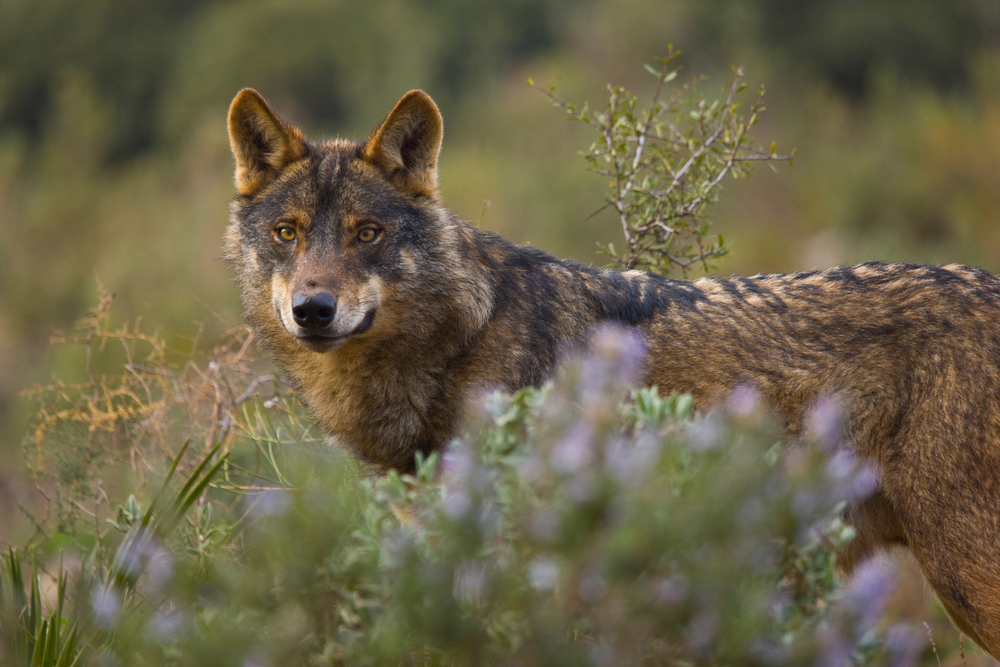
Traveling to this island to see Wolves up close is more than a vacation. It is a life event. Few places on Earth offer this level of access to wild animals living without fear. From the dense rainforests to the shimmering coastline, every moment feels sacred. You come as a guest, not as an observer. You leave with new knowledge, memories, and a deeper respect for nature. This island reminds us that peaceful coexistence is possible, not just with Wolves but with all of Earth’s wild things.
Read More: Rare Black Wolf Caught Roaming Alone in Minnesota Forest
Disclaimer: This article was created with AI assistance and edited by a human for accuracy and clarity.
